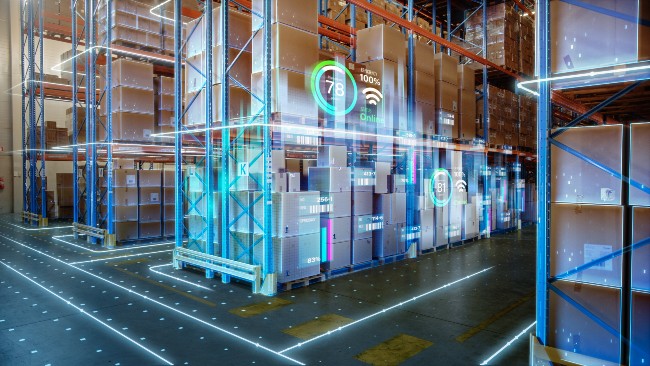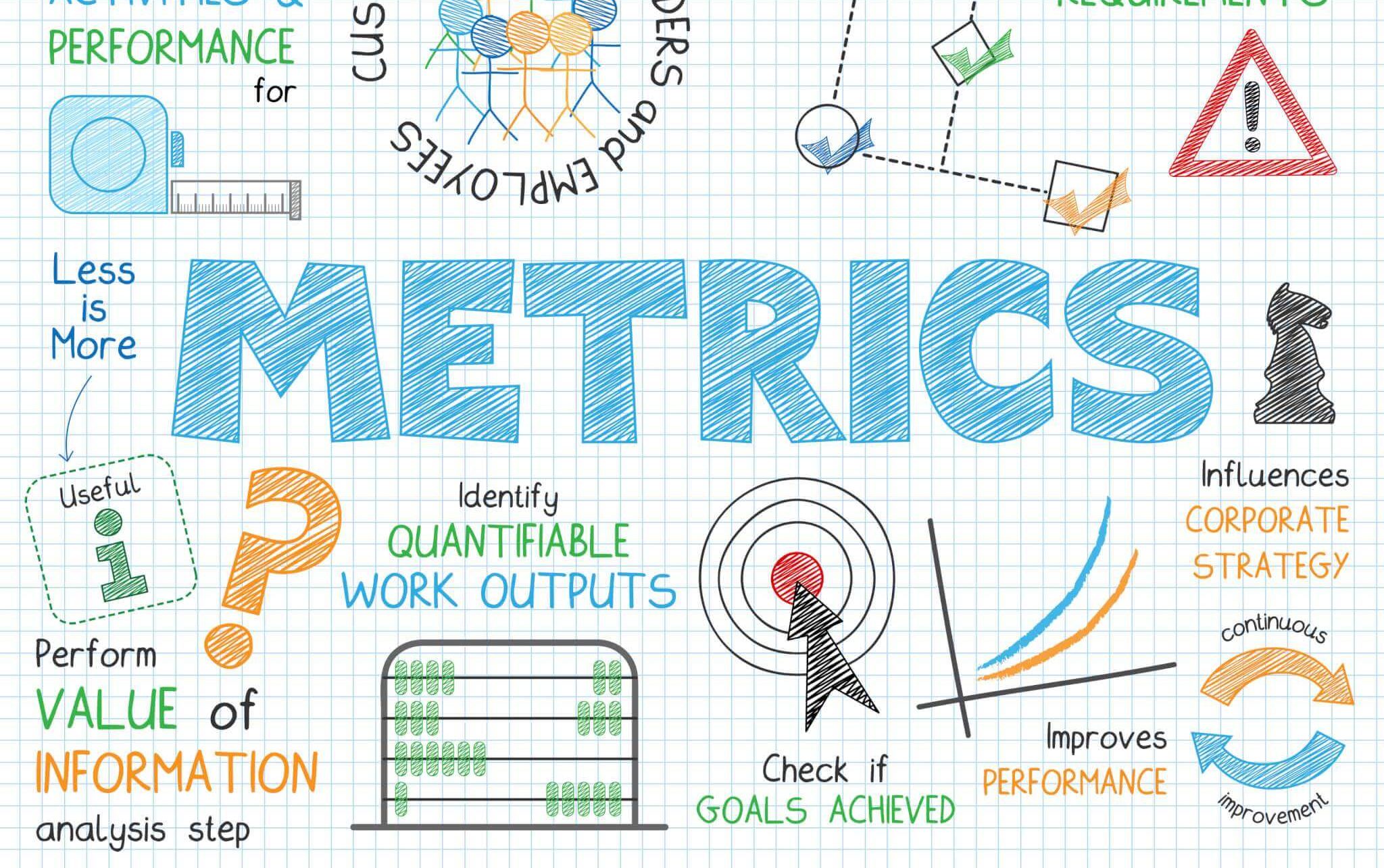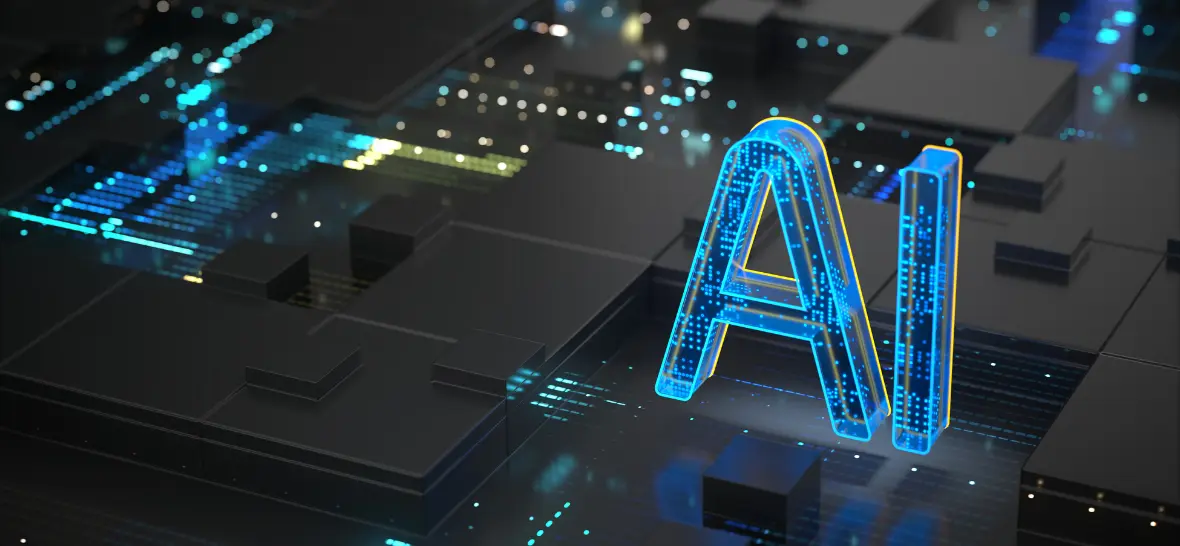Artificial Intelligence (AI) is the favourite of the season. Manufacturers who deploy AI lower costs, improve quality, boost equipment uptime, and reduce scrap. Overall efficiency improves. But not all AI projects succeed. In fact, most projects do not proceed beyond the prototype stage. Many prototypes that pass muster eventually end up as duds, wasting time and money. The ones that succeed, however, deliver rich benefits. Here are the recent real-world AI success stories in manufacturing.
1. Intelligent designs enhance the manufacturing process.
Artificial Intelligence (AI) enables intelligent designs that smoothen the manufacturing process.
One of the success stories is General Motors (GM). GM collaborated with Autodesk to develop Generative Design Algorithms. GDAs optimise product design after factoring in design constraints. Designers input the functional requirements, materials, and manufacturing methods. GDA’s constraint-optimising logic and rapid prototyping ensure high-quality output in double-quick time. In 2018, GM used GDA to prototype a seat belt bracket part. The innovation threw up a single-piece design 40% lighter and 20% stronger than the original eight-component design.
Nissan’s “DriveSpark” program uses AI to design new vehicle models in real-time, to reduce time-to-market.
Artificial Intelligence also enables micro-manufacturing design. One of the most prominent success cases till now is Nike’s online store that allows customers to design their sneakers. The spin-off benefit is collecting customer data that will enable algorithms to design sneakers better in the future.
2. Intelligent robots speed up work.
Manufacturers use Robotic Process Automation (RPA) to perform routine, repetitive tasks. Even significant disruptions such as pandemics do not impede manufacturing. The advances in technology have made RPA more mature. Enterprises now equip robots to perform complex tasks and work alongside humans. According to the International Federation of Robotics, factories worldwide operate 2.7 million industrial robots as of 2020. The figure represents a 12% increase from the 2019 figures. With the pandemic speeding up Industry 4.0, the use of AI-powered robots in manufacturing will increase faster.
Fanuc, a Japanese automation company, uses robotic workers to operate round-the-clock factories. These robots produce components for CNCs and motors. Unlike humans, robots do not tire or take leaves, reducing HR costs. The production occurs non-stop, improving the asset-utilisation ratio and speeding up time-to-market.
Porsche’s autonomous guided vehicles (AGVs) automate a big part of the manufacturing process. The AGVs carry vehicle body parts from one processing station to the next without human intervention.
3. Assembly line optimisation
AI-powered deep analytics makes a holistic analysis in seconds. AI tools process vast data to identify patterns, detect anomalies, and predict behaviour. End-to-end visibility combined with deep insights allows manufacturers to catch defects early.
AI also enables intelligent, self-optimising machines to automate production processes.
Electric motorbike manufacturer Gogoro uses AI to expand its electric motorbike manufacturing. The company uses smart manufacturing to expand its footprints in China, India, and Indonesia. The manufacturing execution system, in collaboration with PowerArena, offers live floor data. The system tracks the transformation of materials into finished goods and makes a deep inspection of all components. Managers get real-time information to make effective decisions that add value. The company also uses image recognition AI to set up seamless battery swapping ecosystems.

4. Quality checks
Manual quality checks are often error-prone. It is often beyond the capability of human analysis to reconcile data from manufacturing systems. AI-powered algorithms leverage data to understand anomalies or outliers and set it right.
Italian rail infrastructure company Ferrovie Dello Stato Italiane’s innovative technology monitors construction quality. The solution combines AI, AR, drone technology, and analytics to make proactive quality checks.
The BMW Group uses automated image recognition for quality checks and inspections. The AI application compares the vehicle specifications data with a live image of the vehicle from the assembly line. The algorithm identifies deviations from standard specifications in real-time.
PepsiCo has adopted Microsoft’s Project Bonsai to improve the quality of its popular snack, Cheetos. The perfect product depends on several inputs, such as water ratio and cutting speed. Project Bonsai applies a computer vision system and uses data to make adjustments when the product falls out of spec. Sensors replace the old method of a manual examiner checking the shape and bulk density of the product churned out by the extruder machine. What makes Project Bonsai different is its sync of technology, modelling and subject expertise.
Canon’s asset defect recognition system combines human expertise with AI techniques. The machine learning-based Assisted Defect Recognition technology system analyses images of inspected parts. These processes identify defects that the human eye misses. The tool
- Improves the production control and quality of high-precision machinery parts.
- Eases the rigorous post-assembly inspection process.
- Applies industrial radiography to examine the internal structure of each component.
5. Forecasts and predictions
A major use case of Artificial Intelligence in manufacturing is predictive maintenance. Analysing historical data from maintenance logs, tracking readings from IoT sensors in real-time, and monitoring external factors such as weather make it easy to predict how a machine will behave under different payloads. The maintenance crew gets early warning signs on whether to service a machine to prevent breakdowns and reduce downtime. Predicting when a machine or process will fail enables timely, proactive attention to set things right.
French food manufacturer Danone group uses machine learning to improve demand forecasting. After applying AI, the company decreased forecasting errors by 20%, cut lost sales by 30% and reduced demand planners’ workload by 50%.
Schneider Electric’s predictive IoT analytics solution improves safety and cuts costs. It also helps enterprises meet sustainability goals. The tool, based on Microsoft Azure Machine Learning service and Azure IoT Edge, helps shop floor operators build models. For instance, data scientists use oil field data to build models that predict maintenance needs. These models help operators increase efficiency by 10% to 20%.
McKinsey estimates the fourth industrial revolution technologies to create $3.7 trillion in value by 2025. AI will generate $1.2-$2 trillion in value for manufacturing and supply chain management. AI offers manufacturers new ways to reduce risks, save money, and improve efficiency. These enterprises become hyper-competitive and thrive in the new Industry 4.0 world.
Here is how your company can gain competitive advantage through digital maturity.












